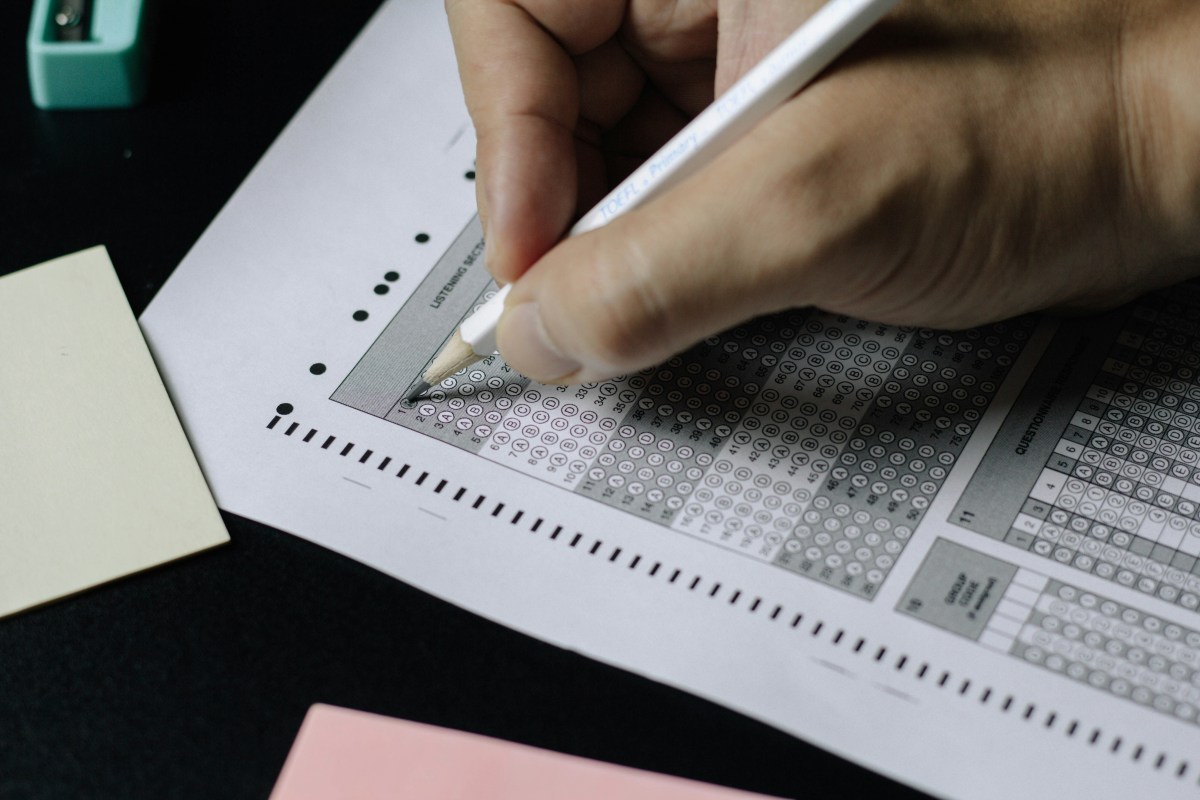The SAT, long considered a cornerstone of college admissions, is undergoing a significant transformation.
The SAT has transitioned to an entirely digital format. This change aims to streamline the testing process, enhance security and offer students a more user-friendly experience. Here’s what you need to know about the digital SAT and how to prepare effectively for the new format.

What’s changing?
The shift to a digital SAT brings several changes, both in format and delivery:
Digital delivery
The SAT will now be administered via a computer or tablet. Students can bring their own devices (with prior approval) or use devices provided by the testing center. The test is designed to run on a secure platform, even if internet connectivity is lost.
Shorter duration
The new SAT is two hours and 14 minutes long, compared to the previous three-hour format. Despite being shorter, it retains the essential components, including reading and writing and math sections.
Adaptive testing
The digital SAT uses adaptive testing technology. Each section starts with an initial set of questions. Based on a student’s performance, the second set of questions adjusts in difficulty. This approach allows for a more personalized testing experience and enables the test to be shorter while maintaining accuracy.
Simplified reading passages
Reading passages are now shorter and more focused, each paired with a single question. This change aims to better reflect how students engage with texts in college and real-world scenarios.
Calculator use for all math questions
Unlike the paper version, where one math section prohibited calculators, the digital SAT allows calculators for all math questions. A built-in graphing calculator is available within the testing platform, though students can also bring their own approved devices.
Faster results
Students will receive their scores in days rather than weeks, speeding up the college admissions process.
Why the change?
The College Board’s decision to transition to a digital format stems from several factors. It aligns with how students learn and test in today’s digital world, reduces logistical challenges and minimizes test security concerns like leaked questions. The adaptive format allows for more accurate assessment in less time.
Tips for excelling on the digital SAT
With new features and a shorter duration, preparation for the digital SAT requires some adjustments. Here are tips to help you excel:
1. Get comfortable with the format
Familiarize yourself with the testing interface by using the College Board’s official practice tests and tools. Explore features like the built-in calculator and annotation tools to understand how to navigate the digital platform effectively.
2. Practice adaptive testing strategies
Because the test adapts based on performance, aim to answer early questions accurately. This can increase the likelihood of receiving higher-difficulty questions, which carry more weight. Don’t dwell too long on any single question; focus on maintaining a steady pace.
3. Enhance your reading skills
Practice reading shorter passages and answering single, targeted questions. Work on identifying key ideas and details quickly, as this skill is essential for the new format.
4. Master calculator use
If you plan to use the built-in calculator, practice with it during preparation to become familiar with its features. Know when to use a calculator versus solving problems manually to save time.
5. Leverage digital note-taking tools
Use the annotation tools provided in the testing platform to highlight critical information in passages or questions. Develop a system for marking and revisiting flagged questions efficiently.
6. Focus on time management
With a shorter test duration, effective time management is more critical than ever. Use practice tests to develop a feel for pacing and ensure you complete each section within the allotted time.
7. Prepare for test-day logistics
Ensure your device is fully charged if you’re using your own. Bring a backup charger, just in case. Arrive at the test center early to account for check-in and device setup.
8. Take advantage of practice resources
Use the College Board’s official practice materials to simulate the new test environment. Explore other prep platforms offering digital SAT-specific resources to expand your study options.
What Stays the Same?
While the digital SAT introduces significant changes, some key aspects remain consistent:
Scoring: The SAT will still be scored on a 1600-point scale, divided between reading and writing and math.
Purpose: The test continues to measure skills critical for college readiness, including analytical thinking, problem-solving and comprehension.
Testing availability: SAT dates and registration processes remain largely unchanged.
The new digital SAT reflects the College Board’s commitment to modernizing standardized testing while maintaining its core purpose. For students, this shift offers an opportunity to engage with a streamlined, more relevant assessment format. Success on the digital SAT will depend on understanding its structure, leveraging its digital tools and refining test-taking strategies. By familiarizing yourself with the changes and incorporating these tips into your preparation, you’ll be well-positioned to navigate this new testing era confidently and effectively.
For additional resources and practice materials, visit the College Board’s official website (www.collegeboard.org) or consult with your school’s guidance counselor.
































